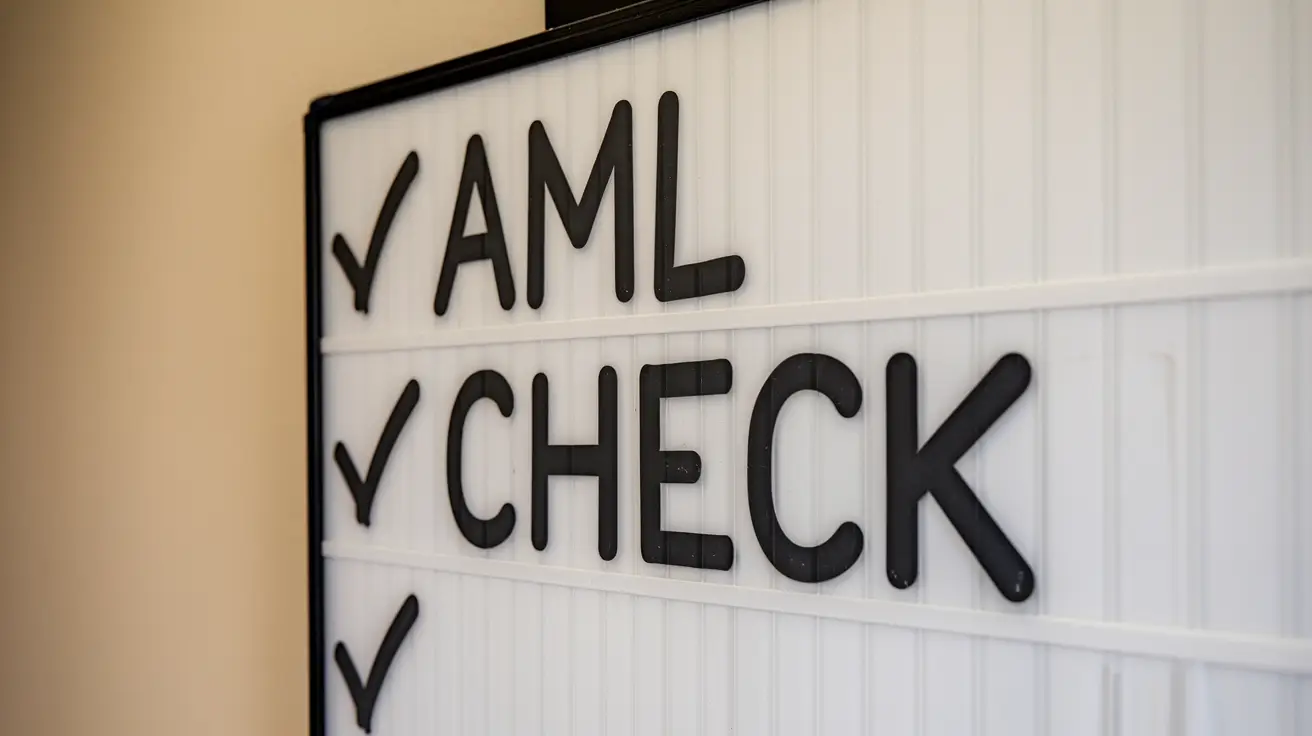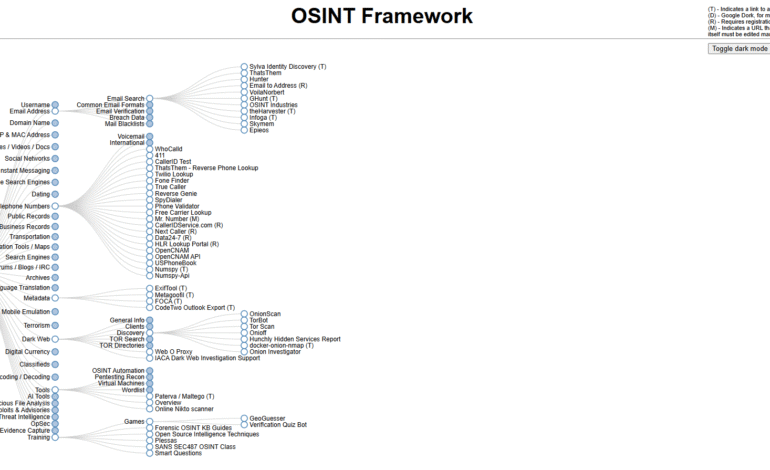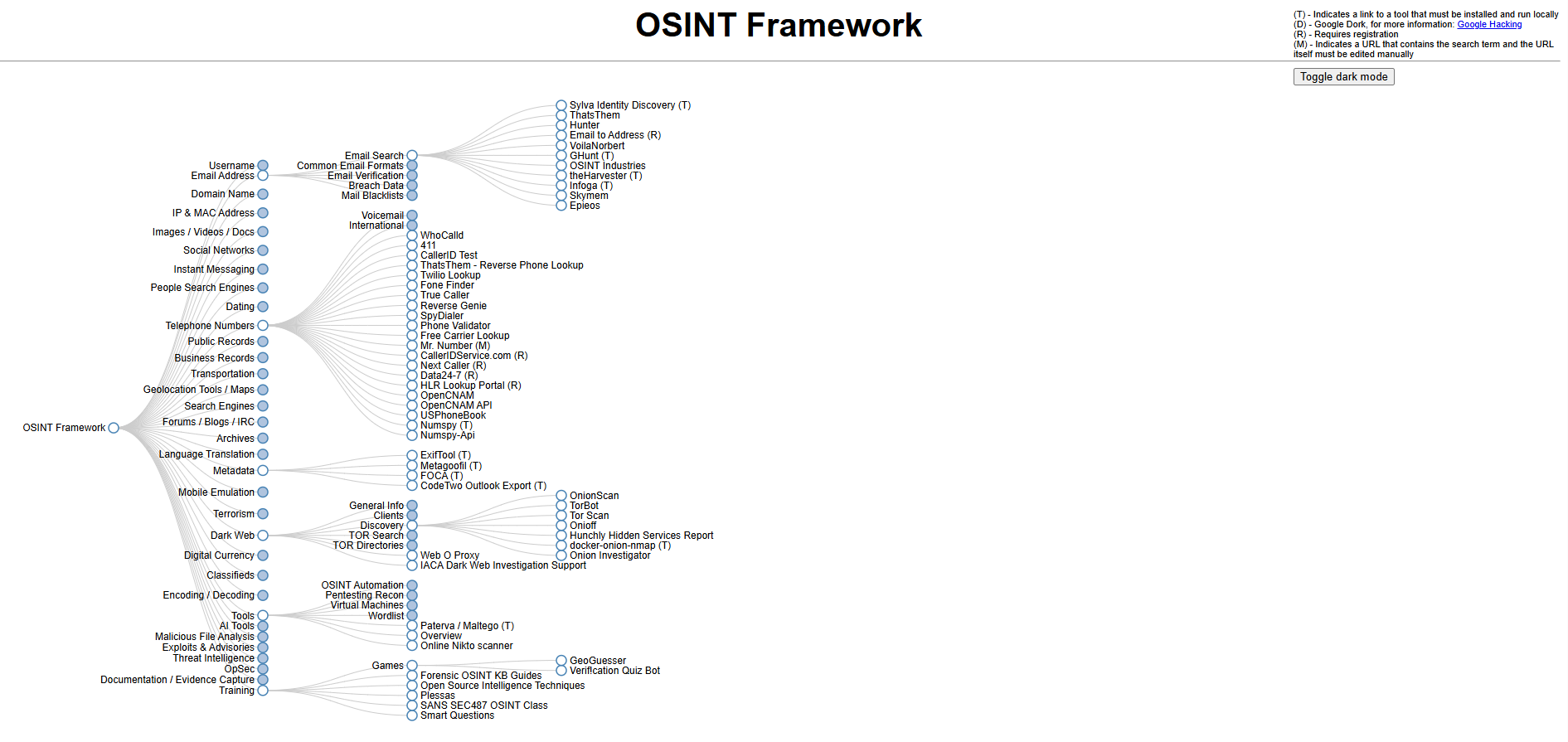Comprehensive Guide to AML Check, Audit, and Compliance Checklist

An AML check involves processes businesses use to detect and prevent money laundering activities. Anti-Money Laundering (AML) regulations are vital in combating financial crimes like fraud, terrorism financing, and illegal money transfers. These crimes undermine global economic stability and fund activities such as organized crime and corruption.
Money laundering disguises the origins of illicit funds, making them appear legitimate. Without AML checks, financial institutions risk being exploited by criminals seeking to clean their illegal proceeds. For example, several major banks have faced billions of dollars in fines for failing to comply with AML regulations, demonstrating the serious consequences of non-compliance.
What is an AML check?
An AML check is a verification process designed to prevent the misuse of financial systems for illegal activities, such as money laundering and terrorism financing. These checks act as safeguards, ensuring that transactions and customer activities comply with anti-money laundering (AML) regulations.
The primary purpose of AML checks is to detect and mitigate risks associated with financial crime. They focus on analyzing customer identity, monitoring transaction patterns, and verifying the legitimacy of funds. For example, if a customer suddenly deposits unusually large sums of money without a clear explanation, an AML check would flag this as suspicious. By identifying such red flags early, businesses and financial institutions can protect themselves from potential legal and reputational harm.
1.2 Core Components of an AML Check:
-
Customer Due Diligence (CDD) and Enhanced Due Diligence (EDD):
CDD is the foundation of AML compliance. It involves verifying the identity of customers through government-issued documents, such as passports or driver’s licenses. Businesses must also assess the customer’s purpose for engaging in financial transactions.
Enhanced Due Diligence (EDD) is applied to high-risk customers, such as politically exposed persons (PEPs) or individuals from regions with high corruption levels. EDD includes additional verification steps, such as scrutinizing the source of funds and conducting ongoing monitoring. -
Transaction Monitoring Systems:
Advanced transaction monitoring systems analyze financial activities in real time, searching for irregularities that could indicate money laundering. For instance, frequent transactions just below reporting thresholds or sudden transfers to offshore accounts are typical red flags. These systems provide alerts to compliance teams, enabling further investigation.
-
Suspicious Activity Reporting (SAR):
When suspicious transactions or activities are detected, businesses are required to file a Suspicious Activity Report (SAR) with the appropriate regulatory authority. In the United States, this is the Financial Crimes Enforcement Network (FinCEN). SARs are critical for enabling law enforcement to trace and disrupt illicit financial networks.
1.3 Who Needs to Conduct AML Checks?
AML checks are mandatory for industries at high risk of being exploited for money laundering. These include:
-
Banking and Financial Institutions:
Banks and credit unions are at the forefront of AML compliance due to the sheer volume and complexity of financial transactions they handle daily.
-
Real Estate Industry:
Real estate transactions are a common channel for laundering large sums of money. As such, real estate agents and brokers are legally obligated to conduct AML checks on buyers and sellers.
-
Cryptocurrency Platforms:
The rise of cryptocurrencies has introduced new risks for money laundering. Cryptocurrency exchanges must comply with AML laws by verifying users’ identities and monitoring transactions on blockchain networks.
-
Fintech Companies:
Fintech firms offering digital payment services or peer-to-peer transfers are required to implement robust AML measures to prevent their platforms from being misused.
Legal Consequences of Non-Compliance:
Failing to implement proper AML checks can have severe consequences. Organizations may face heavy fines, loss of licenses, or even criminal prosecution. For example, in 2020, a global bank was fined over $2 billion for inadequate AML procedures, highlighting the risks of neglecting compliance.
In addition to legal repercussions, businesses risk damaging their reputation and losing customer trust. By conducting AML checks, organizations not only meet regulatory requirements but also demonstrate a commitment to ethical and responsible practices, reinforcing their credibility in the market.
Why Are AML Checks Significant?
AML checks are essential for maintaining financial integrity.
-
Preventing Financial Crimes:
AML checks help detect suspicious activities, such as unauthorized transactions or discrepancies in customer data, protecting businesses from fraud and financial loss.
-
Combating Terrorism Financing:
Criminals and terrorists often rely on illegal financial channels. AML checks monitor high-risk transactions and report unusual activities to authorities, disrupting these operations.
-
Fostering Economic Stability:
By preventing money laundering, AML measures ensure transparency, protecting financial markets and fostering public trust in the economy.
Importance of an AML Audit Checklist
2.1 What is an AML Audit Checklist?
An AML audit checklist is a structured guide that ensures businesses comply with anti-money laundering regulations. It provides a framework for evaluating critical areas like customer identification, transaction monitoring, and employee training, helping organizations identify weaknesses and address them promptly.
By promoting accountability and compliance, an AML audit checklist strengthens an organization’s ability to prevent financial crimes and avoid legal or reputational risks.
2.2 Key Elements of an AML Audit Checklist:
-
Customer Identification Processes (KYC and EDD):
Ensures proper verification of customer identities, assessing risk levels, and ongoing monitoring for high-risk individuals like politically exposed persons (PEPs).
-
Transaction Monitoring Systems:
Evaluates whether systems are effectively identifying red flags, such as unusual transaction patterns, and whether suspicious activities are reported to regulatory bodies like FinCEN.
-
Employee Training Programs:
Reviews whether employees receive regular training on AML compliance, ensuring they can identify suspicious activities and understand their responsibilities.
-
Risk Management Strategies:
Assesses whether the organization has tailored its risk management practices based on its size, industry, and customer base.
2.3 Why is an AML Audit Checklist Critical?
-
Detecting System Vulnerabilities:
A checklist helps uncover gaps in compliance, like outdated systems or incomplete customer records, allowing businesses to fix issues before they lead to violations.
-
Avoiding Legal and Reputational Risks:
Non-compliance can result in hefty fines, legal actions, and reputational damage. For instance, a major financial institution was fined $900 million for inadequate auditing, highlighting the importance of regular audits.
-
Building Trust and Accountability:
A well-maintained checklist demonstrates the organization’s commitment to compliance, fostering trust with regulators, customers, and stakeholders.
By following an AML audit checklist, businesses not only ensure compliance but also contribute to a transparent and secure financial ecosystem.
Anti-Money Laundering Compliance Checklist
3.1 What is an AML Compliance Checklist?
An anti-money laundering (AML) compliance checklist serves as a detailed roadmap to help businesses effectively meet AML regulations. It outlines specific steps and procedures organizations must follow to ensure they detect and prevent financial crimes.
By systematically addressing areas such as risk management, customer due diligence, and transaction monitoring, the checklist helps businesses maintain compliance while reducing vulnerabilities to money laundering activities. It acts as a proactive tool, enabling organizations to stay ahead of regulatory changes and avoid costly penalties.
3.2 Steps to Build an AML Compliance Checklist
-
Risk Assessment:
Conducting a thorough risk assessment is the foundation of any AML compliance program. Businesses must identify high-risk customers, transactions, and geographical regions that may pose significant threats. For example, customers from jurisdictions known for weak financial regulations or those engaging in complex financial transactions should be flagged for closer scrutiny.
Risk assessments should rely on data-driven insights to categorize customers and transactions by risk level. This ensures resources are allocated efficiently to monitor and mitigate the most significant risks. -
Establish Internal Controls:
Internal controls are essential for maintaining an effective AML program. This includes setting clear policies, such as transaction limits and protocols for flagging suspicious activities. For instance, organizations might establish a policy to investigate transactions exceeding a certain dollar threshold or those involving high-risk regions.
Regular compliance reviews should also be part of internal controls to ensure policies remain effective and aligned with regulatory changes. -
Implement KYC Procedures:
Know Your Customer (KYC) procedures are a critical component of AML compliance. These procedures involve verifying customer identities using government-issued documents and assessing the legitimacy of their financial activities.
KYC also extends to understanding the source of funds to ensure they come from legal and transparent origins. For example, businesses dealing with large cash transactions should require detailed documentation to validate the money’s source. -
Training and Awareness Programs:
Employees are often the first line of defense in identifying potential money laundering activities. Comprehensive training programs should educate staff on AML policies, how to identify red flags, and the importance of compliance.
For example, training sessions might focus on recognizing suspicious customer behavior, such as reluctance to provide identification or unusually complex transaction structures. Regular updates on regulatory changes are also essential. -
Ongoing Monitoring and Reporting:
Continuous monitoring of transactions is vital to identifying suspicious activities in real-time. Automated tools and software can be used to flag unusual patterns, such as frequent large transactions or those just below reporting thresholds.
In cases of suspicious activities, businesses must promptly file Suspicious Activity Reports (SARs) with regulatory authorities, such as FinCEN in the United States. Timely reporting not only ensures compliance but also supports broader efforts to combat financial crimes.
3.3 Benefits of a Compliance Checklist
-
Protects Businesses from Fines and Penalties:
Non-compliance with AML regulations can result in hefty fines and legal repercussions. By following a detailed compliance checklist, businesses minimize the risk of oversight and demonstrate their commitment to upholding regulatory standards.
-
Enhances Credibility and Trust:
Adhering to AML compliance requirements builds trust with customers and regulators. Customers are more likely to engage with businesses that prioritize ethical practices and security. Additionally, regulators are less likely to subject compliant organizations to frequent audits or investigations.
-
Improves Operational Efficiency:
A well-structured compliance checklist streamlines processes, making it easier for businesses to manage complex AML requirements. Automated tools and clear procedures reduce manual workload, allowing employees to focus on high-priority tasks.
By implementing an AML compliance checklist, businesses not only protect themselves from financial crimes but also strengthen their reputation and operational efficiency, contributing to a more secure and transparent financial system.
How to Perform Effective AML Checks?
4.1 Manual vs. Automated AML Checks
When performing AML checks, organizations can choose between manual processes or automated solutions, each with its pros and cons.
Manual AML Checks involve employees reviewing customer records, monitoring transactions, and flagging suspicious activities. While this method allows for human judgment and contextual understanding, it can be time-consuming, prone to human error, and inefficient for handling large volumes of data.
Automated AML Checks, on the other hand, utilize advanced software to streamline and enhance the process. Automated systems can quickly analyze vast amounts of data, identify patterns, and flag anomalies in real-time. For example, AI-powered tools can detect suspicious activities, such as unusually high transaction volumes or transfers to high-risk jurisdictions, within seconds.
The benefits of automation include:
- Speed: Processes that may take days manually can be completed in minutes.
- Accuracy: Automation reduces the risk of human error, ensuring more reliable results.
- Scalability: Automated systems can handle large datasets, making them ideal for businesses with a global customer base.
By integrating automation into AML processes, businesses can stay compliant while improving efficiency and minimizing risks.
4.2 Key Practices for AML Checks
-
Maintaining Accurate and Up-to-Date Customer Records:
Keeping detailed records of customer information is fundamental to effective AML checks. This includes personal details, transaction histories, and identification documents. Regularly updating these records ensures the organization has accurate data for risk assessment and compliance purposes.
-
Updating AML Policies in Response to New Regulations:
AML regulations are constantly evolving to address emerging threats. Organizations must regularly review and update their policies to align with the latest requirements. For example, businesses dealing with cryptocurrencies may need to incorporate additional controls to mitigate risks specific to digital assets.
-
Identifying Red Flags:
Recognizing red flags is a crucial part of AML checks. Examples of suspicious activities include:
- Unusual account activity, such as frequent high-value transactions with no clear business justification.
- Discrepancies in customer-provided information, such as mismatched identification documents.
- Transactions involving high-risk countries known for weak AML enforcement.
Proactively identifying and investigating these red flags helps prevent money laundering activities and ensures compliance with regulations.
4.3 Tools for AML Checks
Modern technology offers a variety of tools to enhance AML checks. Some of the most widely used software includes:
- Actimize: A comprehensive AML solution that helps businesses detect and prevent financial crimes through advanced analytics and real-time monitoring.
- SAS AML: A robust platform that uses machine learning and predictive modeling to identify suspicious patterns and assess risks effectively.
- Other Tools: Platforms like Amlify and Fenergo provide tailored solutions for KYC, transaction monitoring, and regulatory reporting.
Integration of AI and Machine Learning:
AI and machine learning have revolutionized AML checks by enabling more sophisticated monitoring capabilities. These technologies analyze historical data to predict future risks, flag anomalies, and provide actionable insights. For example, AI can identify subtle patterns in transaction data that may go unnoticed in manual reviews, such as layering schemes used in complex money laundering operations.
By leveraging these tools, businesses can not only streamline their AML processes but also improve their ability to detect and respond to financial crimes proactively. Incorporating technology ensures that organizations remain agile and well-equipped to meet the ever-evolving challenges of AML compliance.
Benefits of an AML Compliance Checklist for Businesses
5.1 Reducing Risks
One of the most significant benefits of an AML compliance checklist is its ability to reduce risks associated with financial crimes and regulatory violations.
Protection from Penalties:
Non-compliance with AML regulations can lead to severe financial penalties and legal repercussions. For instance, global financial institutions have been fined billions of dollars for failing to meet AML requirements. By adhering to a comprehensive AML compliance checklist, businesses can avoid such penalties and demonstrate their commitment to regulatory standards.
Minimizing Exposure to Financial Fraud:
AML compliance checklists play a crucial role in identifying and mitigating risks related to money laundering, terrorist financing, and other illicit activities. For example, the checklist ensures that suspicious activities, such as unusually high cash deposits or transactions with offshore accounts, are flagged and investigated promptly.
Preventing Reputational Damage:
Being associated with financial crimes can severely harm a business’s reputation. Customers and stakeholders may lose trust in a company that fails to enforce robust AML measures. An AML compliance checklist helps businesses stay proactive, protecting their brand image and public perception.
5.2 Building Customer and Stakeholder Trust
Trust is the foundation of any successful business, and an AML compliance checklist directly contributes to fostering trust among customers, partners, and regulatory bodies.
Transparency and Ethical Practices:
By following a well-structured AML checklist, businesses demonstrate transparency and a commitment to ethical practices. Customers feel reassured knowing their financial data and transactions are handled responsibly and securely. This is particularly important in industries like banking, real estate, and cryptocurrency, where trust is paramount.
Strengthening Relationships with Stakeholders:
Stakeholders, including investors and regulatory authorities, value organizations that prioritize compliance and risk management. For example, a company that consistently passes regulatory audits due to its adherence to an AML compliance checklist is more likely to attract investors and maintain a positive relationship with governing bodies.
Case in Point:
A bank implementing a rigorous AML compliance program not only avoids penalties but also builds long-term loyalty with clients and stakeholders who appreciate its commitment to safeguarding financial integrity.
5.3 Financial and Operational Efficiency
An AML compliance checklist doesn’t just protect businesses—it also enhances their financial and operational efficiency.
Cost Savings:
Fraudulent activities and legal disputes can lead to significant financial losses. By preventing such incidents through robust AML measures, businesses save on costs related to fines, lawsuits, and damage control. Additionally, identifying and mitigating risks early reduces the need for expensive investigations and corrective actions later.
Streamlining Audits:
A well-maintained AML checklist simplifies the audit process. Instead of scrambling to gather documentation or address compliance gaps during an audit, businesses can confidently present their adherence to regulations. This reduces the time and resources spent on audits, allowing employees to focus on core business activities.
Reducing Administrative Overhead:
Automated AML tools integrated into a compliance checklist reduce manual workloads and improve efficiency. For example, software that monitors transactions in real-time eliminates the need for employees to review every transaction manually. This not only enhances accuracy but also frees up resources to address high-priority tasks.
By implementing an AML compliance checklist, businesses can achieve a balance between protecting themselves from risks and improving their operational processes, ultimately contributing to sustainable growth and success.
The Future of AML Compliance in the USA
6.1 Trends in AML Technology
The future of AML compliance is heavily influenced by technological advancements, which are transforming how businesses detect and prevent financial crimes.
Blockchain Technology:
Blockchain is revolutionizing AML practices by providing a transparent and immutable ledger for tracking transactions. This technology ensures that every transaction is recorded in a secure and verifiable manner, making it harder for criminals to conceal illicit activities. Financial institutions are increasingly adopting blockchain to improve the traceability of funds, especially in industries like cryptocurrency.
Artificial Intelligence (AI) and Machine Learning:
AI and machine learning are enabling businesses to enhance their AML efforts by automating processes and identifying complex patterns in data. Predictive analytics, powered by AI, can assess historical transaction data to identify emerging threats before they occur. For example, AI can flag suspicious behavior, such as layering and structuring of transactions, which may indicate money laundering.
Predictive Analytics for Threat Identification:
Predictive analytics tools are now capable of identifying high-risk customers and transactions based on real-time data. By analyzing global trends and regional risks, these tools help businesses stay ahead of potential threats, ensuring a more proactive approach to compliance.
6.2 Regulatory Updates in the USA
U.S. AML regulations are evolving to address new challenges in financial crime prevention. Businesses need to stay informed about these changes to remain compliant.
The Anti-Money Laundering Act of 2020:
This landmark legislation introduced significant updates to AML regulations in the U.S. It expanded the scope of businesses required to comply with AML laws, including cryptocurrency exchanges and fintech companies. The act also strengthened requirements for beneficial ownership transparency, making it harder for criminals to use shell companies for illicit activities.
Impact on Businesses:
These regulatory changes have increased the responsibilities of businesses and financial institutions. Companies must now implement more stringent customer due diligence (CDD) processes and ensure they have effective transaction monitoring systems in place. Non-compliance can result in hefty fines and reputational damage, making it imperative for organizations to stay updated on regulatory requirements.
6.3 Preparing for the Future
As financial crimes become more sophisticated, businesses must adopt a proactive approach to AML compliance to safeguard themselves and their stakeholders.
Proactive Compliance Strategies:
Rather than reacting to regulatory changes, businesses should anticipate them by maintaining flexible and scalable AML compliance programs. Regularly updating AML compliance checklists to reflect new risks and regulations is essential for staying ahead.
Investing in Training and Technology:
Continuous investment in employee training ensures that staff members are well-versed in identifying red flags and understanding regulatory requirements. Similarly, adopting advanced AML technologies, such as AI-driven monitoring tools and blockchain solutions, enhances efficiency and accuracy in compliance processes.
Adapting to Global Standards:
As international AML regulations become more harmonized, U.S.-based businesses must align their practices with global standards to maintain credibility in the global marketplace. This includes implementing policies that address cross-border transactions and risks.
Conclusion
The fight against money laundering requires businesses to be vigilant, adaptive, and forward-thinking. AML checks, audit checklists, and robust compliance practices are essential tools for safeguarding organizations from financial crime.
By embracing technological advancements, staying informed about regulatory updates, and investing in employee training, businesses can ensure they meet legal and ethical obligations. A comprehensive and regularly updated AML compliance checklist is not just a legal requirement but a vital step toward building trust, enhancing operational efficiency, and protecting against financial crimes.










